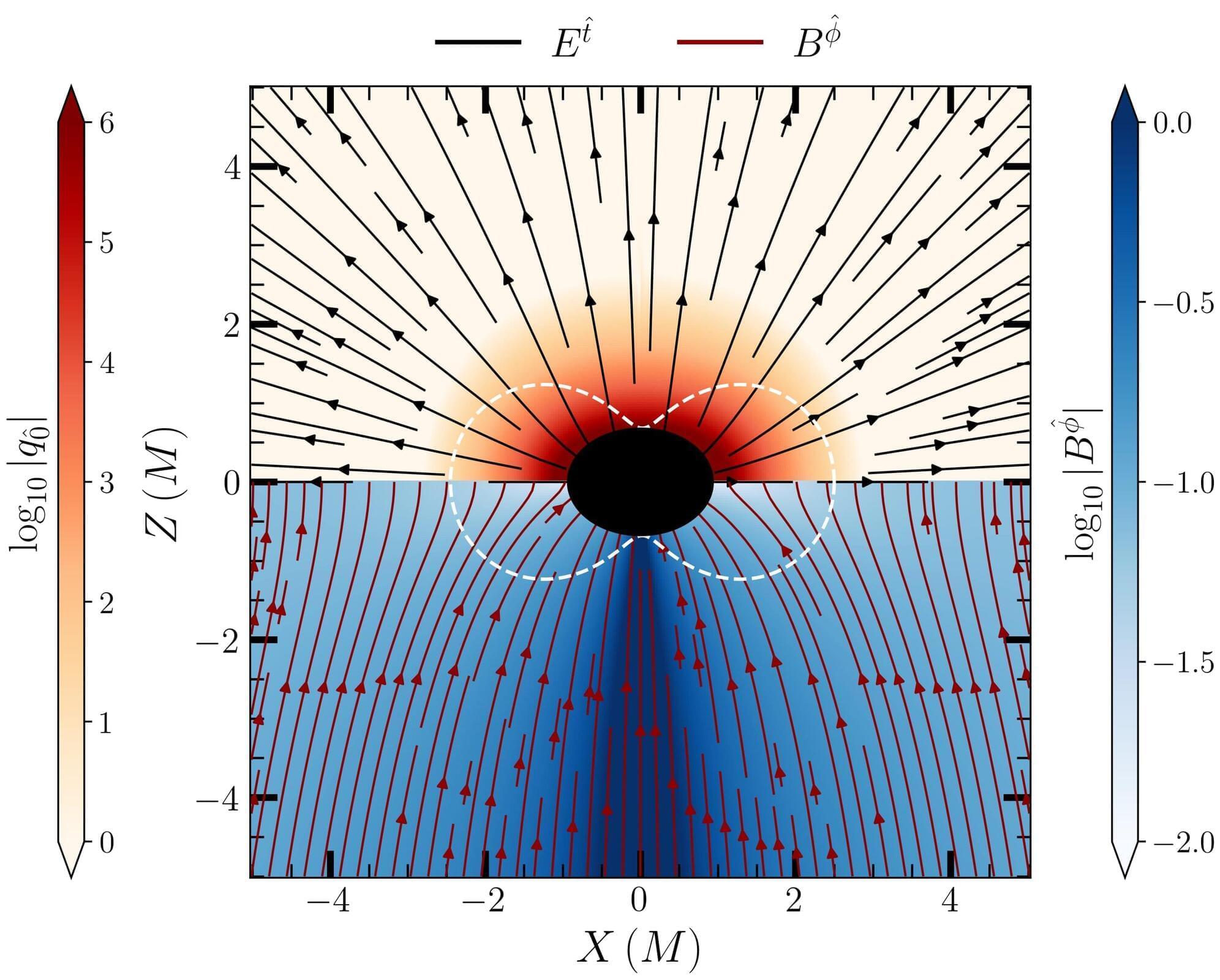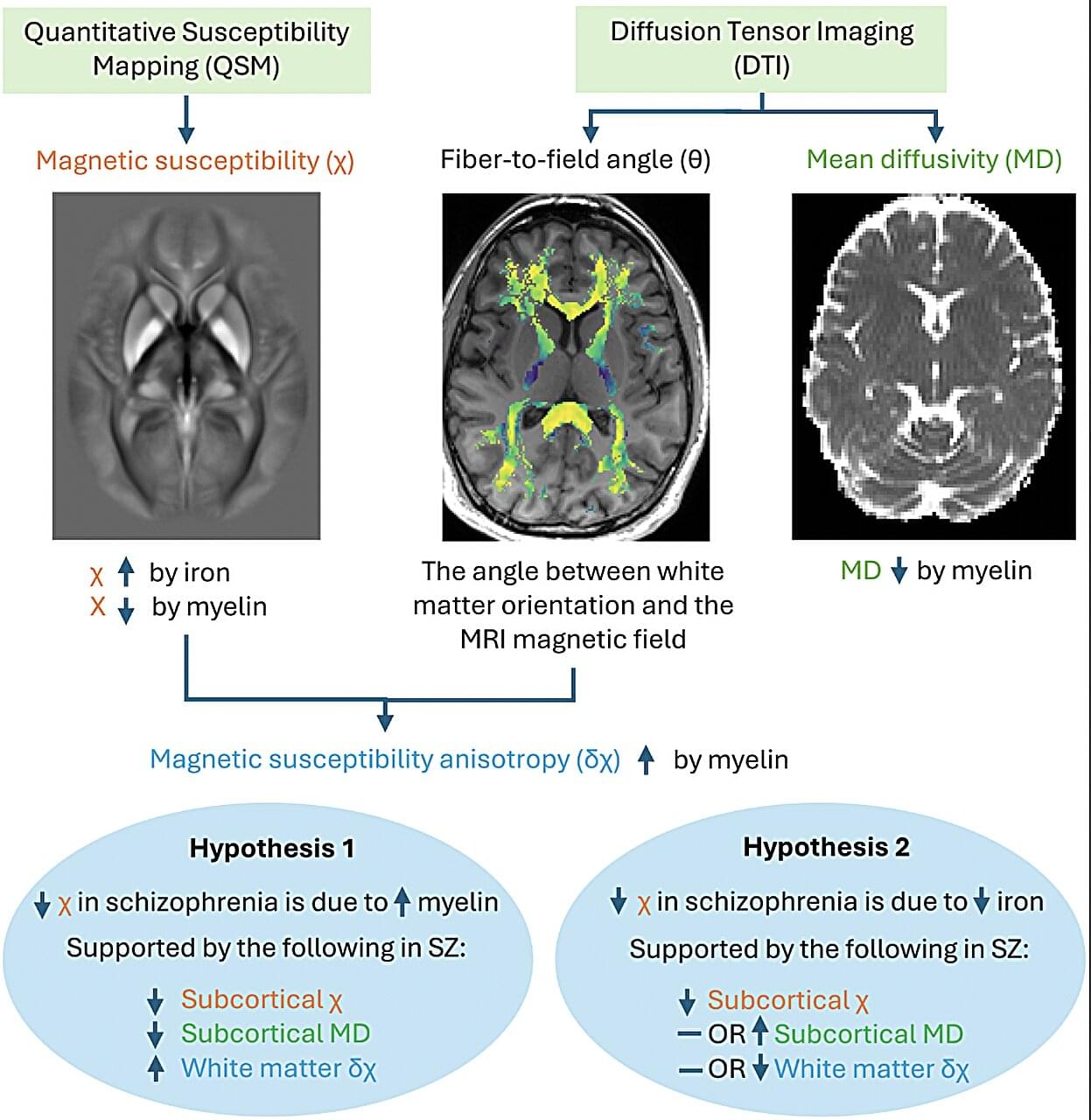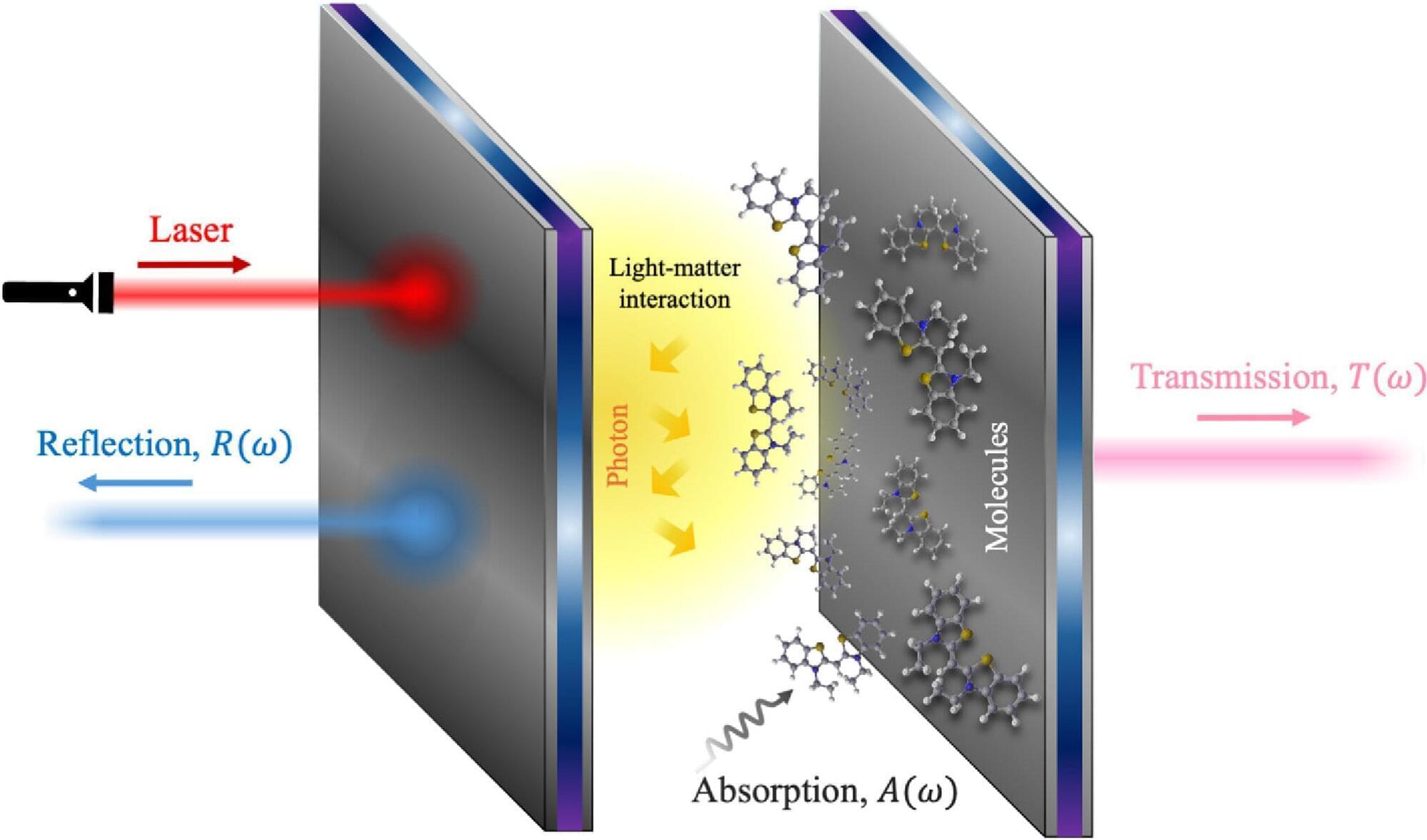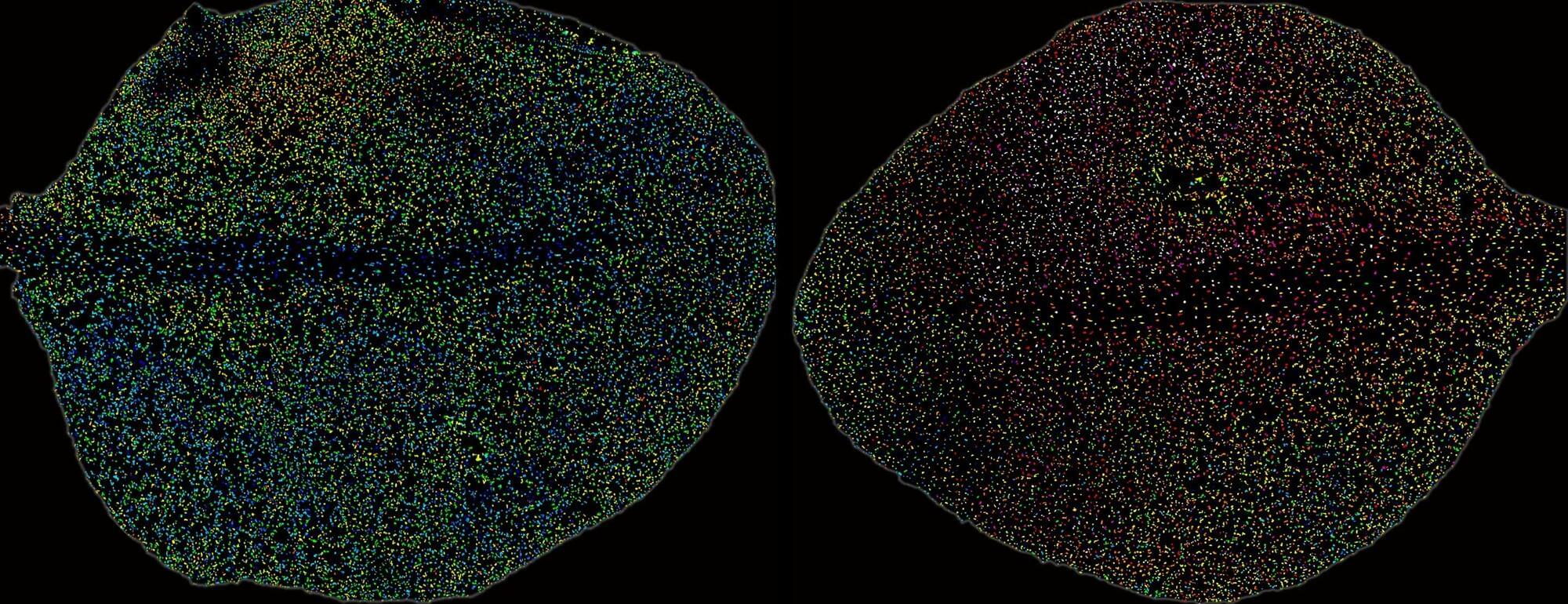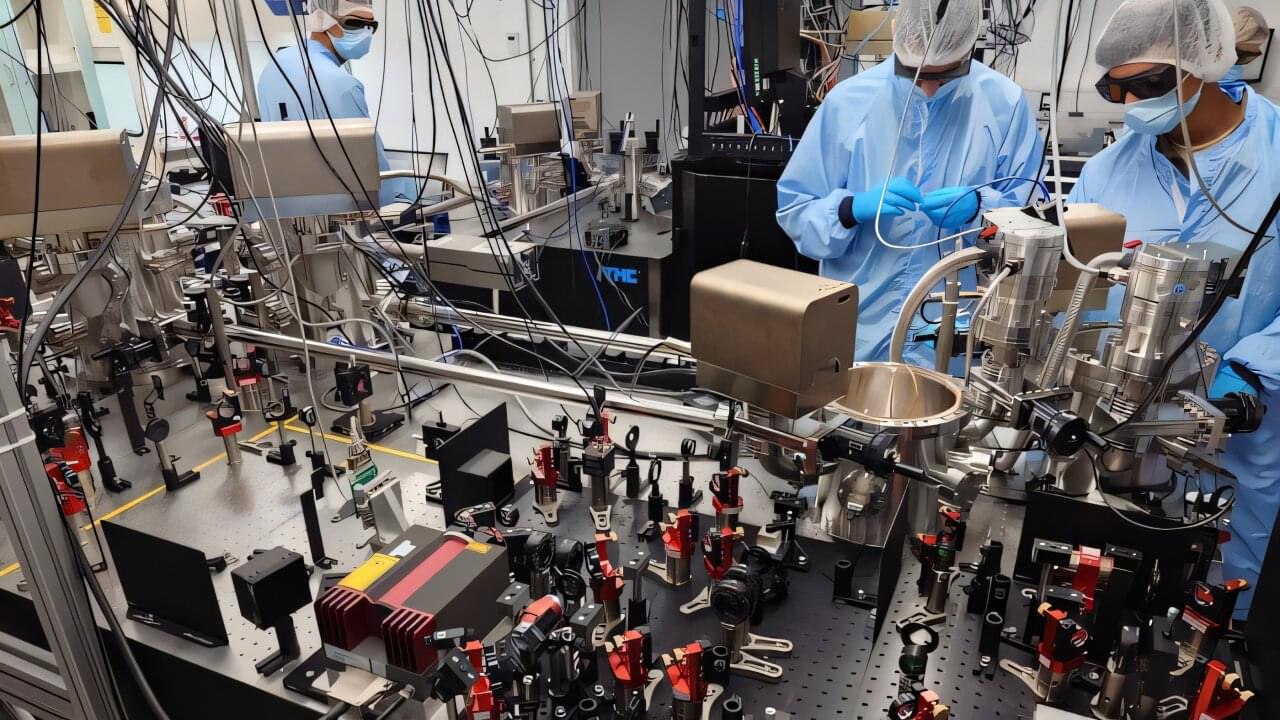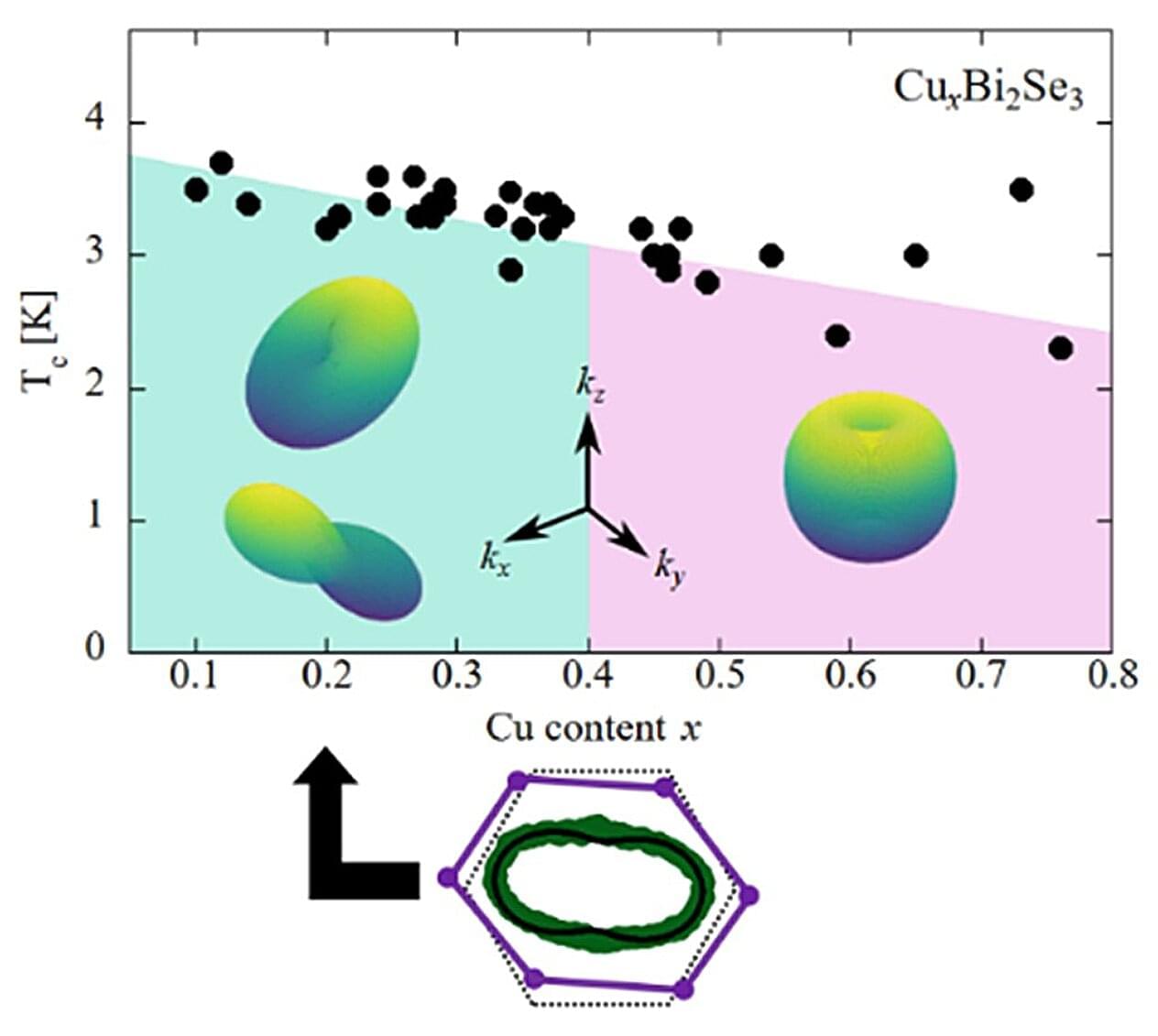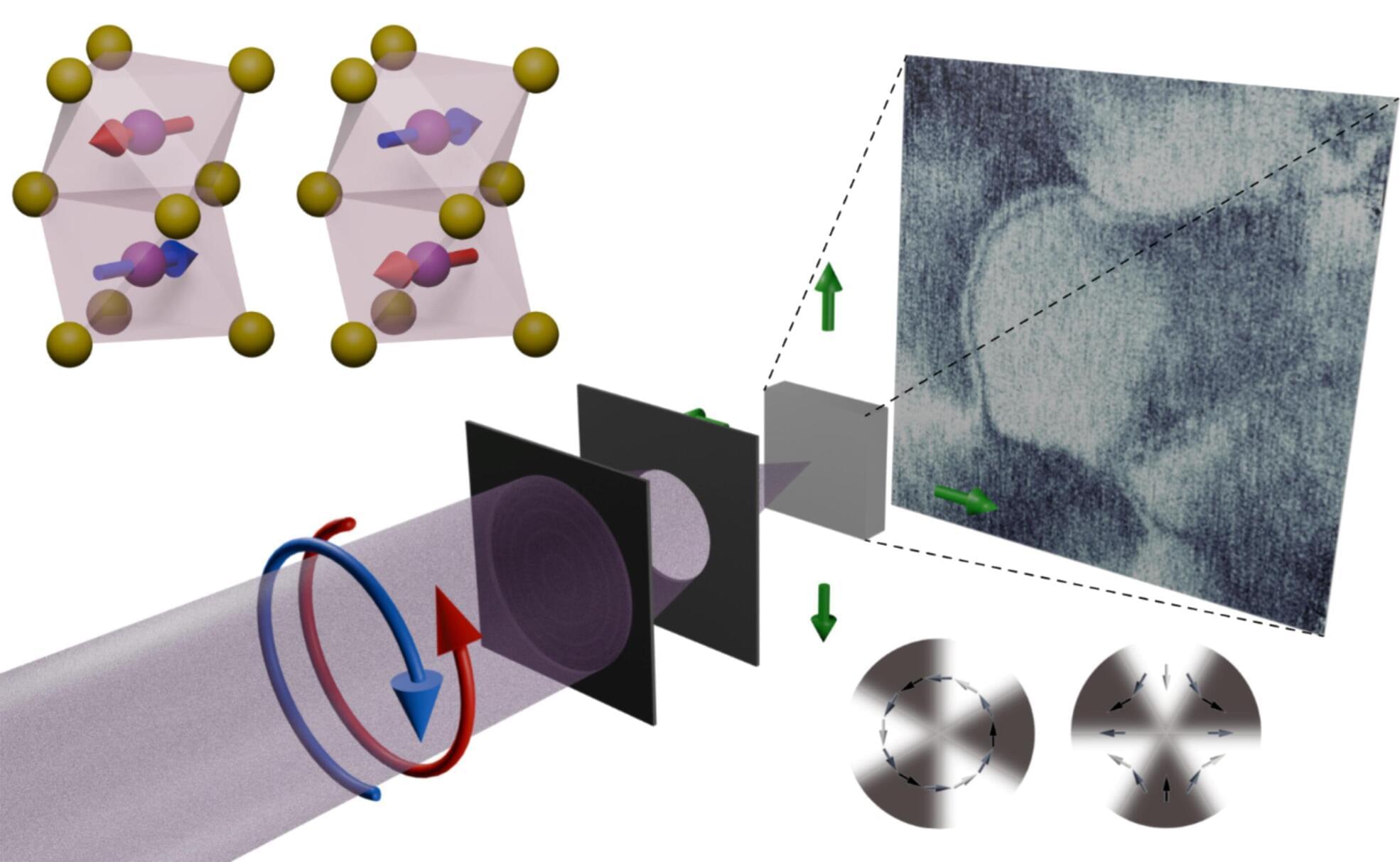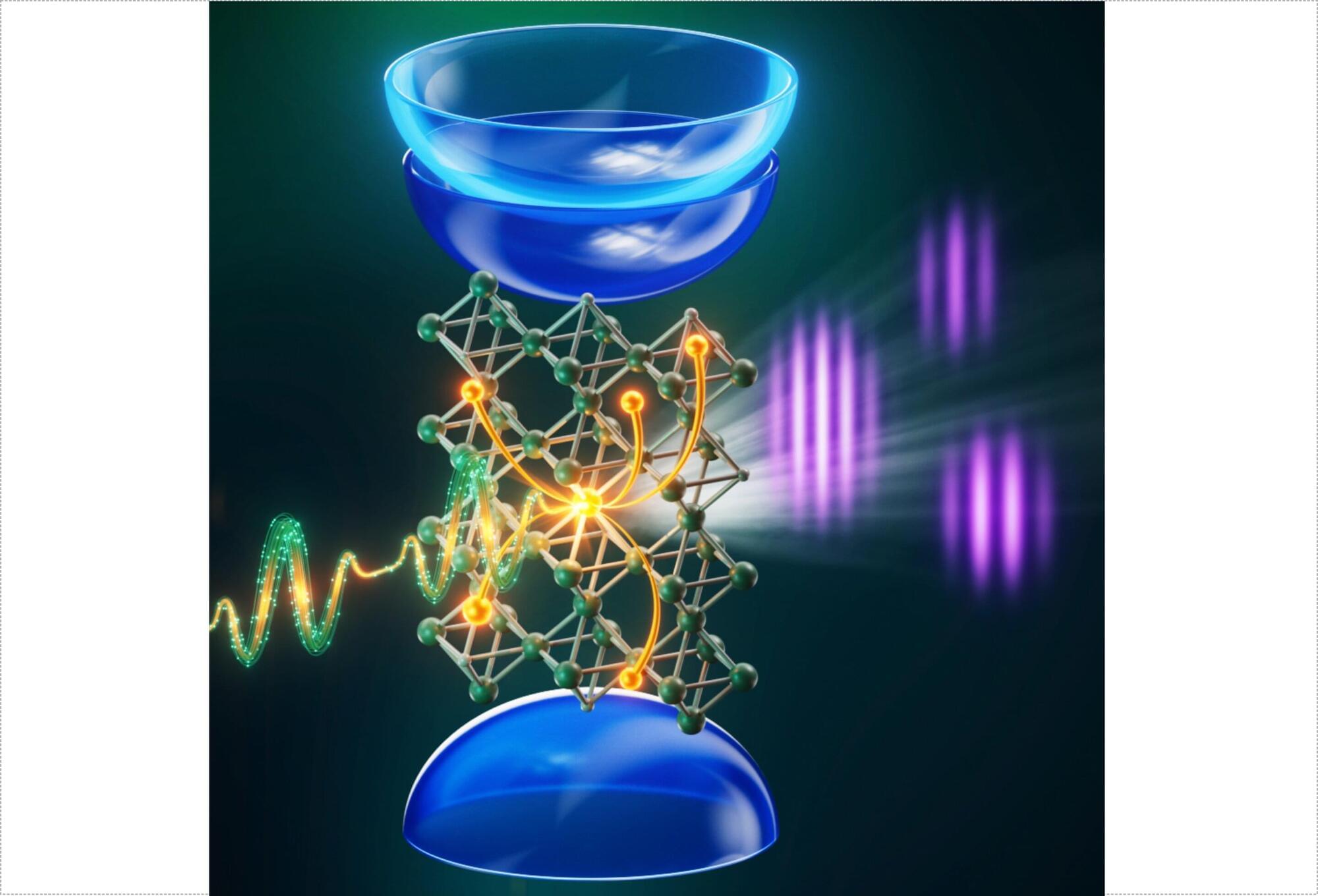Schizophrenia is a severe and debilitating psychiatric disorder characterized by hallucinations, disorganized speech and thought patterns, false beliefs about the world or oneself, difficulties concentrating and other symptoms impacting people’s daily functioning. While schizophrenia has been the topic of numerous research studies, its biological and neural underpinnings have not yet been fully elucidated.
While some past brain imaging studies suggest that schizophrenia is associated with abnormal levels of iron and myelin in the brain, the results collected so far are conflicting. Iron is a metal known to contribute to healthy brain function, while myelin is a fatty substance that forms a sheath around nerve fibers, protecting them and supporting their conduction of electrical signals.
Researchers at King’s College London, Hammersmith Hospital and Imperial College London recently set out to further explore the possibility that schizophrenia is linked to abnormal levels of iron and myelin in the brain. Their findings, published in Molecular Psychiatry, uncovered potential new biomarkers of schizophrenia that could improve the understanding of its underlying brain mechanisms.
